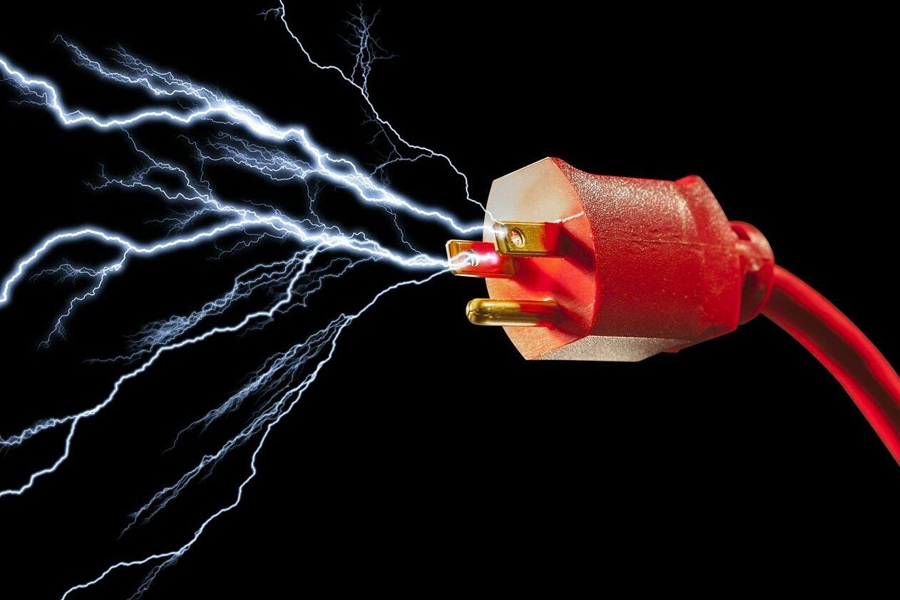How Does E-commerce Work?
Well, last week we introduced the value there is in embracing e-commerce. Today we take you forward into how the concept works.
This writeup will help you understand the basic needs for an eCommerce system and what you need to know when employing the systems in your business or organisation.
Keep Reading
In our third world country, Uganda, it would be unwise not to recognise the fact that e-commerce is still loosely regulated and informal. However, it’s the fact that Ugandan commercial banks continue to offer electronic mechanisms of transferring funds that we should hold interest in.
Mobile Money services, Credit Card and other Electronic Funds Transfer (EFT) systems have been developed and put into use for thousands of users (retailers or individuals).
According to the Uganda Communications Commission (UCC), the number of people using mobile phones for communication vis-a-vis internet access continues to grow. The Communications regulators reported an estimated rise in the use of mobile internet access across the country last year from 18.5 million to 19.5 million in 2017.
And this is where the opportunity lies. Many entrepreneurs would look at Credit Cards as the target systems for ecommerce but there is a wide array of options in Uganda as a country. Companies like Kilimall, Jumia, Hello food and many other companies have embraced ecommerce and have continued to succeed at it.
Uganda is predominantly a cash economy and the use of Credit Cards may not be as good. It is the issue of acceptance. For this you have to settle in the community but not to force the community to bend towards your side, otherwise, the masses will turn back to their usual dukas. And indeed, not so many potential customers have the knowledge about credit Cards.
Metro Cash, one of the most recent businesses to shut down on grounds of wrong business models as regards to transactions can be used as the best example. Therefore, the method of conducting e-commerce is dependent on acceptability and that should be a simple check. Otherwise, you could be setting yourself up for a waste of time and resources.
If you can craft the right business model that embraces the right methods of transactions that allow for your business to fit in and not stretch the population to adapt, you are ready for ecommerce.
How ecommerce systems work can simply be explained as follows;
The system is made up of three components; a shopping Cart, payment gateway and merchant account.
These components work together in some format that allows them to complement each other to facilitate online business experience.
The shopping Cart
This is just software that runs on your business website acting as display for your products. When customers visit your website, they will look at a list of products or services of their interest. It is the shopping cart that keeps track of what customers want to buy as they select products from your list on the website.
After shopping is done, the shopping cart does the calculations for the customer’s accumulated list of products after the shopping and displays the bill.
The shopping cart is performing the same job as the cashier scanning your items to figure out how much you owe for your purchased items.
The Payment Gateway
A payment gateway facilitates a payment transaction by the transfer of information between a payment portal (such as a website, mobile phone or interactive voice response service) and the front-end processor or acquiring bank. In an e-commerce transaction the payment gateway accomplishes the same job as a point of sale machine, except it's an online transaction so the information is just sent online.
The process involves the shopping Cart parsing credit card, smart card, mobile money or any other electronic method of payment and order details, then sending them to the payment gateway to be processed.
The payment gateway then scans through the customers credentials from issuing service provider, usually a bank or a Mobile Money service provider to see if they have sufficient funds to pay for the purchased commodities. If so, the card issuing bank or mobile service provider will return an authorisation and the funds will be debited from the customers card or account.
When those funds are captured from the customer’s account, they are then sent somewhere. This is where the final part of an e-commerce transaction comes in: the merchant account.
The Merchant Account
This is usually confused with Payment gateways. Money or payments made by a customer using their credit card is transferred and deposited into a special type of bank account that is called a "merchant account. It is simply a bank account that is used to hold payments made using your credit card. It is then periodically, usually once per day that it is transferred to the business’s or your regular bank account.
What to do or how to get an ecommerce system or website.
If you already have a website, all you need is to create a means through which transactions can be carried out online. And if you don’t it’s never too late to adapt.
In our next article we shall be going deeper in what science and technology has to offer.
If you would want to get to us and have a project you would like to review reach us on pserugo@alwaysnbs.tv













